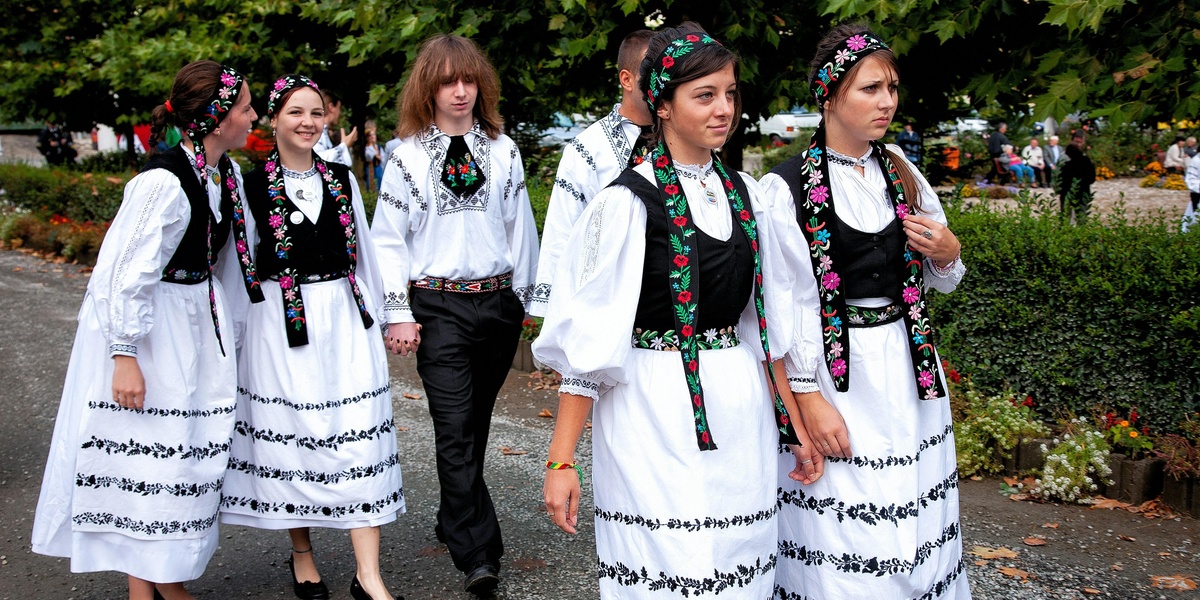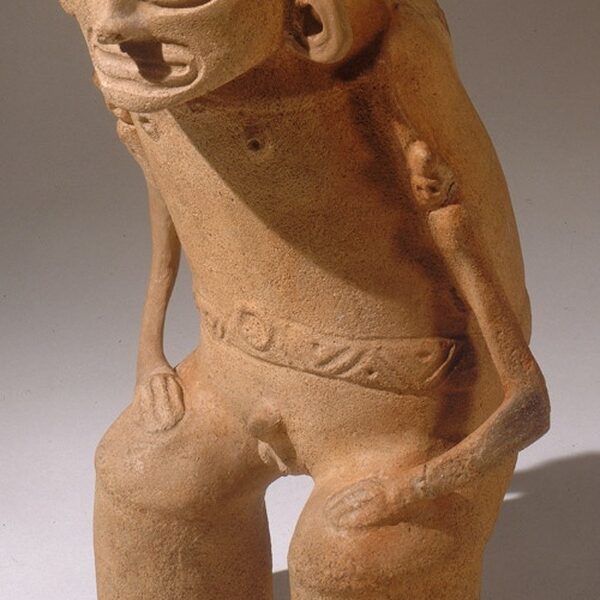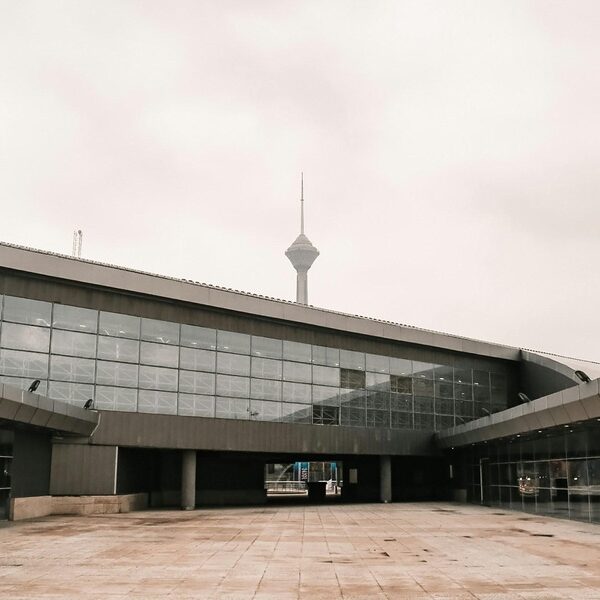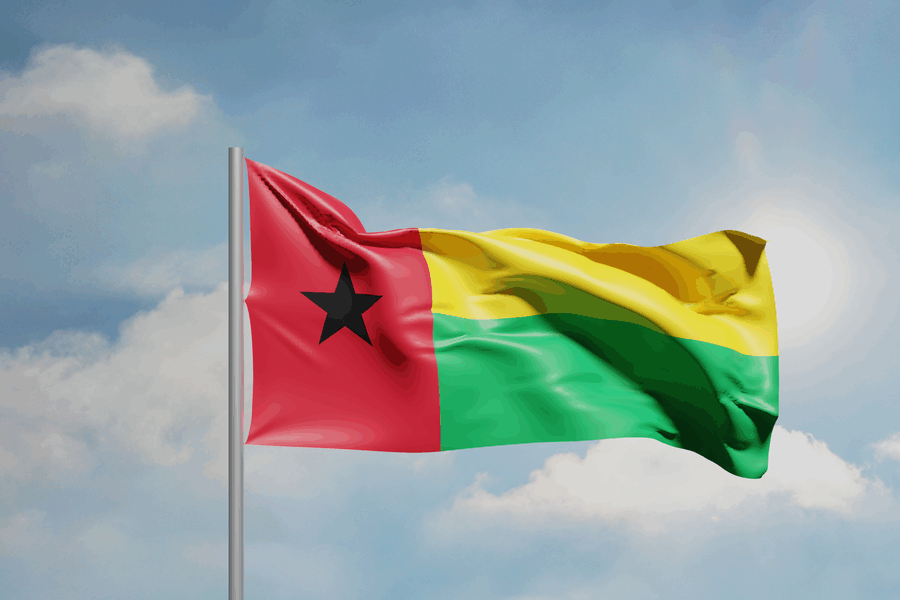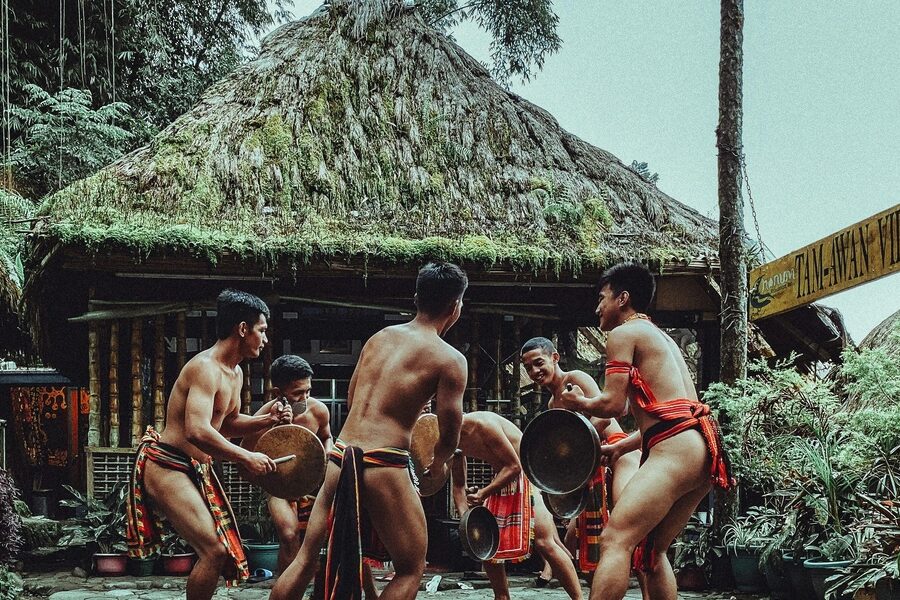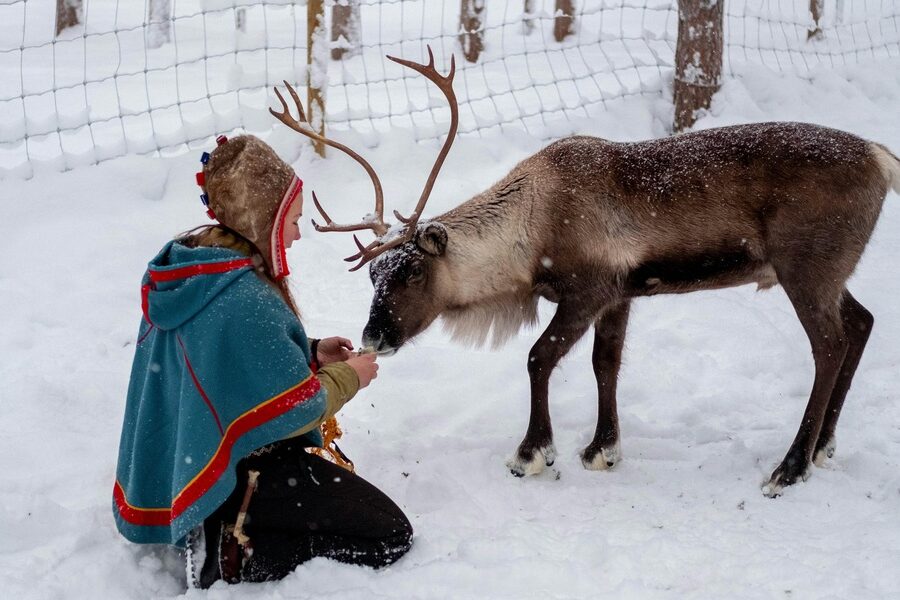Latvia sits on the eastern edge of the Baltic Sea, where centuries of trade, migration and shifting borders have shaped a diverse population. Cities like Riga and Daugavpils show this mix in neighborhoods, languages heard on the street, and cultural festivals that reflect different origins.
There are 13 Latvia Ethnic Groups, ranging from Armenians to Ukrainians. For each group you’ll find below data organized as Population (approx),Share (%),Primary language — making it easy to compare community size, proportion, and common language usage; you’ll find below.
How current are the population and language figures?
Most lists combine the latest national census with interim official estimates; census data reflect self-reported ethnicity and language, while estimates update population counts between censuses. For precise timing and methodology, check Latvia’s Central Statistical Bureau or the specific source cited with the list.
How does Latvia define an ethnic group in its statistics?
Ethnicity in Latvian statistics is typically self-identified during the census (what respondents state as their ethnic background), separate from citizenship or mother tongue — so a person’s reported ethnicity may differ from the language they primarily use or their legal nationality.
Latvia Ethnic Groups
| Group | Population (approx) | Share (%) | Primary language |
|---|---|---|---|
| Latvians | 1,180,000 | 62.11% | Latvian |
| Russians | 460,000 | 24.21% | Russian |
| Belarusians | 73,000 | 3.84% | Belarusian, Russian |
| Ukrainians | 57,000 | 3.00% | Ukrainian, Russian |
| Poles | 46,000 | 2.42% | Polish, Russian, Latvian |
| Lithuanians | 16,000 | 0.84% | Lithuanian, Latvian, Russian |
| Roma | 2,000 | 0.11% | Romani dialects, Latvian, Russian |
| Jews | 3,000 | 0.16% | Hebrew, Yiddish, Latvian, Russian |
| Tatars | 3,000 | 0.16% | Tatar, Russian, Latvian |
| Estonians | 3,000 | 0.16% | Estonian, Latvian, Russian |
| Germans | 2,000 | 0.11% | German, Latvian, Russian |
| Moldovans | 1,800 | 0.09% | Romanian/Moldovan, Russian, Latvian |
| Armenians | 2,000 | 0.11% | Armenian, Russian, Latvian |
Images and Descriptions
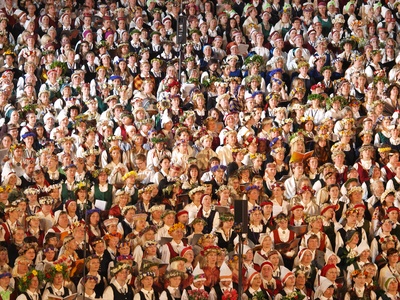
Latvians
Indigenous Baltic people and Latvia’s majority ethnic group. Concentrated across the country, especially rural regions and Vidzeme; Riga also has many. Speak Latvian; citizenship majority. Cultural revival since independence, active in politics, media, and national institutions.
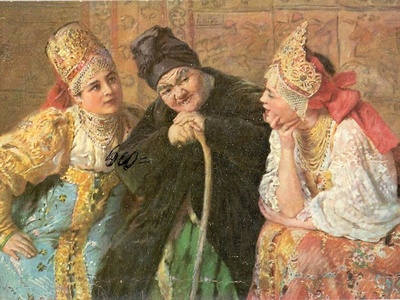
Russians
Largest minority, descendants of Soviet-era migrants and older Russian-speaking communities. Concentrated in Riga, Latgale, and urban areas. Use Russian as primary language; many hold Latvian or non-citizen status. Influence in business, culture, and bilingual public life.
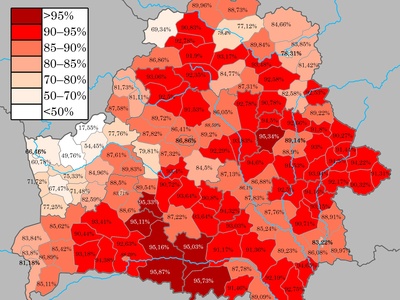
Belarusians
East Slavic group with historic and recent ties to Belarus. Found mainly in Riga and Latgale, smaller communities elsewhere. Speak Belarusian and Russian; some bilingual with Latvian. Active in cultural associations and maintain religious and cultural traditions.
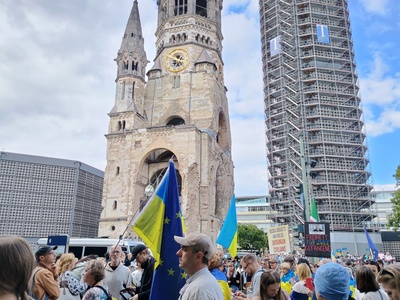
Ukrainians
Growing community due to historic migration and recent arrivals. Concentrated in Riga and Daugavpils. Use Ukrainian and Russian; many learn Latvian. Active cultural organizations, increased visibility after 2022 with refugees and volunteers contributing to civil society.

Poles
Ethnic Poles form a historic minority, especially in Latgale and border areas. Speak Polish and often Russian or Latvian. Maintain schools, churches, and cultural societies; political representation focused on minority rights and education in Polish.

Lithuanians
Small Baltic neighbor community concentrated in southern towns and Riga. Speak Lithuanian and often bilingual in Latvian or Russian. Linked by family and economic ties to Lithuania; maintain cultural associations and religious congregations.
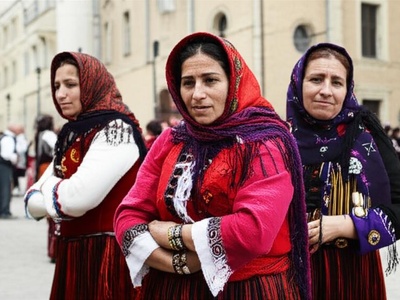
Roma
Romani communities are small, historically present in urban and rural areas. Speak Romani dialects, Latvian, and often Russian; face socioeconomic challenges and discrimination. Active NGOs work on inclusion, education, and cultural preservation.
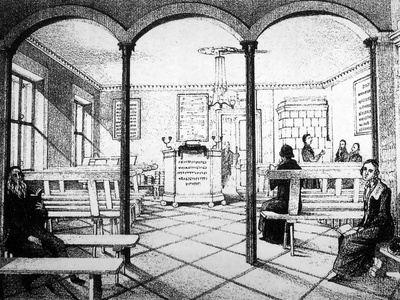
Jews
Small Jewish community with deep historical roots pre-World War II; concentrated in Riga. Speak Hebrew, Yiddish, Latvian, and Russian; maintain synagogues, cultural centers, and schools. Community is rebuilding cultural life and preserving Holocaust memory.
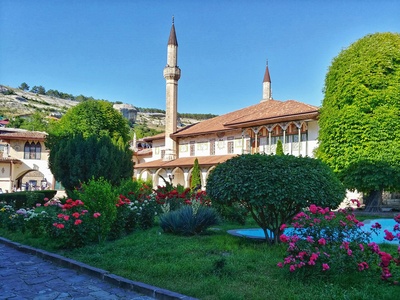
Tatars
Lipka Tatar minority dating to the Polish–Lithuanian Commonwealth era. Small communities mainly in Riga and historically in Latgale. Speak Tatar, Russian, and Latvian; known for mosques, cultural associations, and maintaining unique religious traditions.

Estonians
Neighboring Baltic group; small population in Riga and border regions. Speak Estonian and often Latvian or Russian. Cultural and economic links with Estonia, including cross-border families, businesses, and shared media ties.
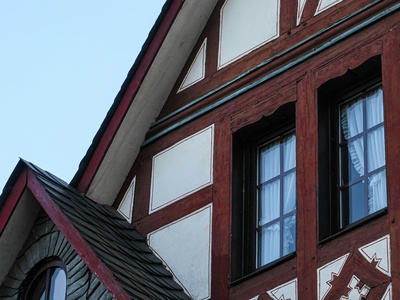
Germans
Historic Baltic German community largely diminished after WWII; present as a small group in Riga and cultural circles. Speak German and often Latvian or Russian; active in heritage organizations, archaeology, and preservation of historical architecture.
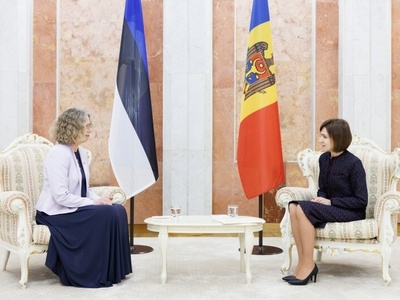
Moldovans
Small community mostly in Riga and urban centers. Speak Romanian/Moldovan and often Russian or Latvian. Ties to Moldova include family links, labor migration, and cultural associations and community organizations preserving traditions.
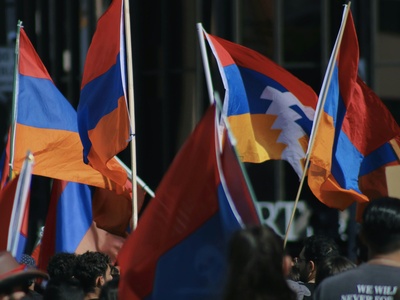
Armenians
Small Armenian community concentrated in Riga and Daugavpils. Speak Armenian and often Russian or Latvian. Maintain churches, cultural clubs, business networks; connected to wider Armenian diaspora through cultural and religious events.

